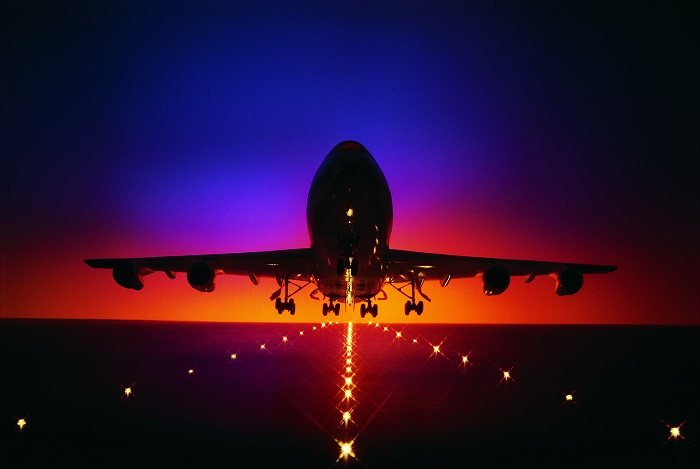Of the 22 luxury items measured across 11 Asian cities, 13 saw price increases. This drove an aggregate 1.42% increase in the Julius Baer Lifestyle Index in USD terms, reversing a 1.68% contraction in 2016.
Hong Kong jumped two places to become the most expensive city on a price-weighted basis for the first time since the report started to publish city rankings in 2015.
While the overall basket of goods and services in Hong Kong rose by just 1.0%, the city’s ranking was pushed up by soaring residential property prices with property being the biggest ticket item in the index.
At $51,594 (£39,145 €43,881) per square meter, Hong Kong prime real estate is 2.69 times more expensive than the Asian average at $19,150 in this year’s report.
Hong Kong is also the most expensive city for fine dining and business class flights.
“Wealthier Asian consumers and their increasing discretionary spending play an ever more important role in driving global consumer demand,” said Boris F.J. Collardi, chief executive Julius Baer Group.
“Our report has provided valuable insights into these developments for the last seven years with a view to helping investors look beyond short-term markets.”
The 2017 report also attempts to examine what matters most for HNW millennials.
Millennials
In Asia and around the world, millennial consumers are increasingly pivoting away from goods and towards experiences.
According to a Boston Consulting Group research, the market for experiential luxury is expected to record a compound annual growth rate of 5–6% between 2016 and 2023, surpassing the one for the overall personal luxury market (CAGR of 2–3%).
To reflect the evolving consumer landscape, Julius Baer has incorporated a new item – fine dining – to the index and replaced tooth implants with Lasik (laser eye) procedures.
Jimmy Lee, Baer’s head Asia Pacific, said: “The population growth of millennials is a global trend, with 83% of them located in emerging market countries. The demographic shift is significant and should not be overlooked as millennials will enter their prime earnings capacity and consumption age in the coming years.
“Companies have to identify the millennials’ traits and model their businesses according to their tastes and preferences.”
Consumer confidence in China returns
The Baer Lifestyle Index also recorded confidence returning to the world’s largest group of luxury consumers, HNW Chinese.
Shanghai rose by 1.9% in local currency terms, reversing last year’s 7% drop with Chinese consumers making more of their luxury purchases locally than overseas.
A ‘reshoring’ trend spurred by a weaker Chinese yuan, ‘harmonisation’ of global prices by luxury brands and reduction of import taxes on some goods were the main drivers.
In local currency terms, the Lifestyle Index rose by 2.07%, keeping pace with regional inflation trends, which suggests that luxury retailers were able to retain pricing power.
However, on average the currencies for the 11 Asian cities surveyed weakened by 0.9% versus the US dollar. As a result, the Lifestyle Index registered a mere 1.42% increase when reported in US dollars.
The biggest price increases were found in cigars, men’s suits and legal fees, while the largest declines came from hotel suites, handbags and botox.
On an equal-weighted basis, Shanghai remains, for the third consecutive year, the most expensive city in terms of numbers of items in the Lifestyle Index, namely Lasik, wine, jewellery, botox, cigars, and high-end skin cream.
Shanghai and Singapore both fell one notch from their 2016 rankings on the back of a weaker Chinese yuan and a moderating property prices in Singapore.
Kuala Lumpur
Kuala Lumpur displaced Mumbai as the least expensive city in Asia in price-weighted terms.
It is the most competitive city to rent a hotel suite and to buy property, watches, wines and pianos among the 22 items in the index. This rank change is largely due to the continued depreciation of the ringgit against a strengthening rupee.








